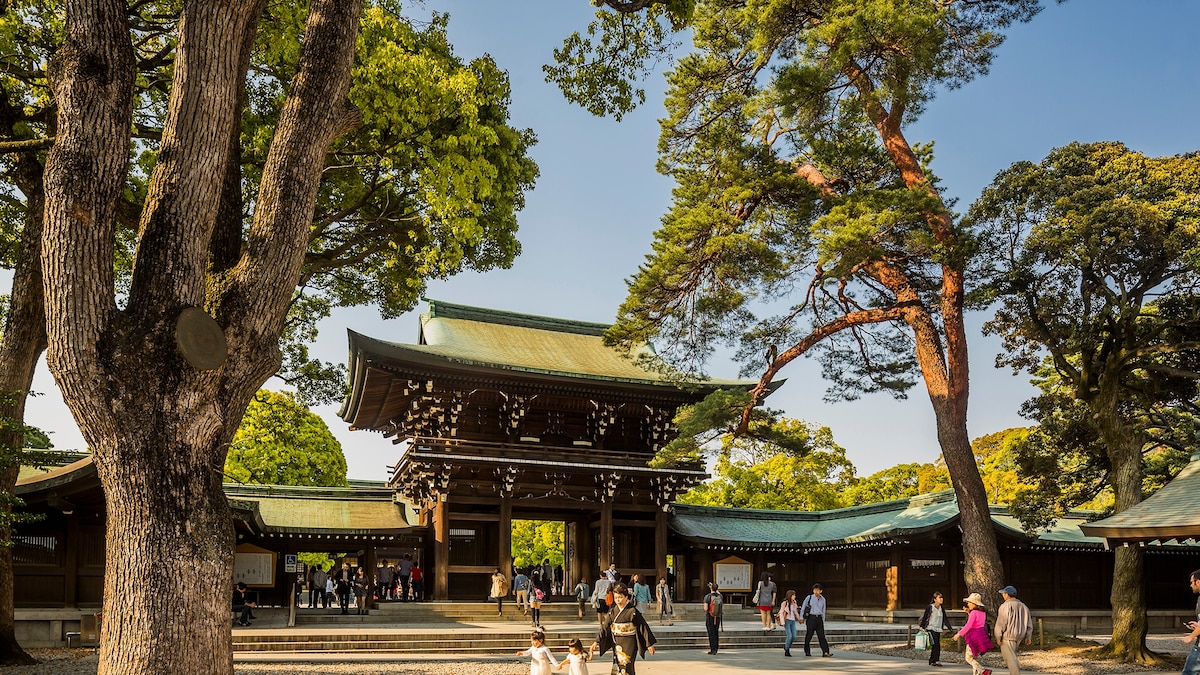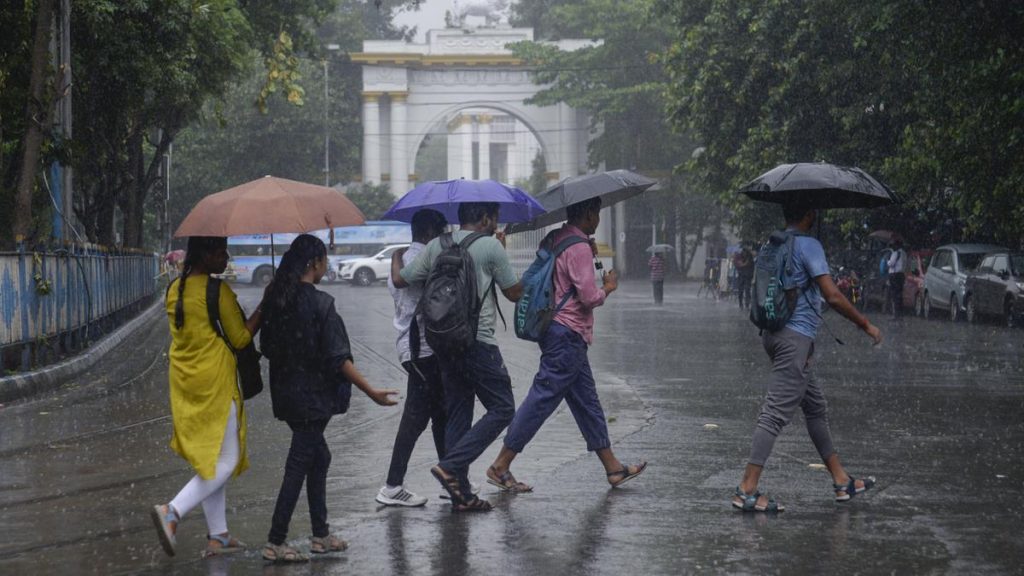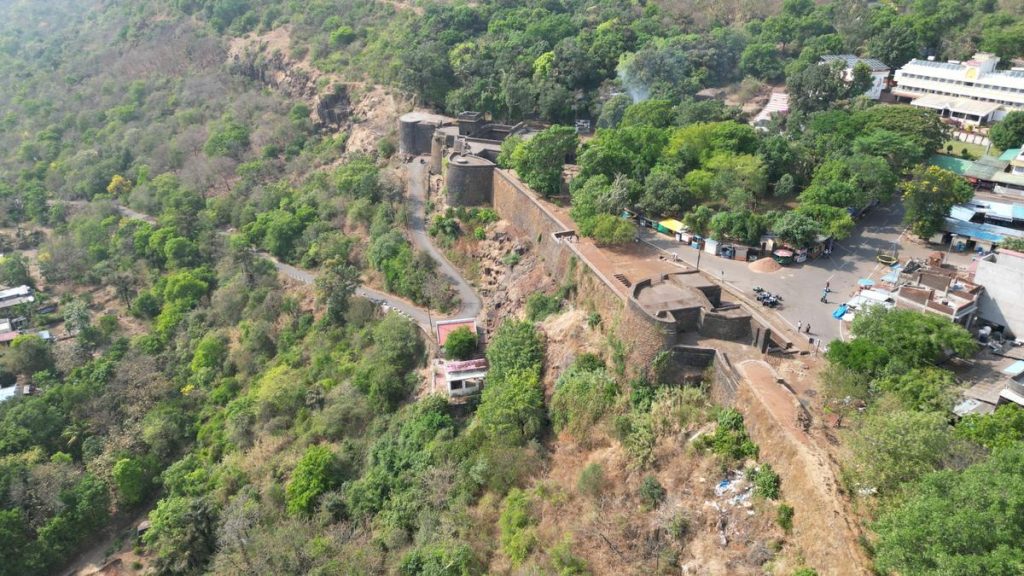Now Reading: Essential Tips for Your Tokyo Travel Adventure
-
01
Essential Tips for Your Tokyo Travel Adventure
Essential Tips for Your Tokyo Travel Adventure

quick summary
- Location: Tokyo, Japan, offers a blend of modern and customary experiences, from Shibuya’s youthful vibe too historic locations like Senso-ji temple.
- Seasons & Events:
– Spring: Cherry blossom picnics and Kanda Matsuri religious festivals.- Summer: Tokyo Pride events, Sumida River fireworks, and Awa-Odori dance festival.
– Fall: Sumo tournaments in Ryogoku and stunning autumn foliage at Mount Takao.
– Winter: Ice skating at Tokyo Midtown or antique shopping at the Setagaya Boro-ichi flea market.
- Key Locations: Eastern areas offer cultural spots such as Asakusa’s Senso-ji temple; central Tokyo is vibrant with Ginza’s upscale dining and Roppongi’s art scene; western areas showcase suburban serenity with Jindai Botanical gardens or hikes up Mount Takao.
- Cuisine Highlights:
– Chanko nabe for sumo wrestler-style hotpot near Ryogoku arena.
– Ramen styles popular across districts like Ginza Hachigou or Nakiryu.
– Sushi from Michelin-starred sushi-yas to family-kind chains like Akindo-Sushiro.
- Transport: Efficient rail/subway network recommended (Suica/Pasmo cards), plus cycling options when weather permits.
- Cultural Etiquette: Respect public space manners-avoid loud behavior or littering-and learn proper etiquette via local posters.
Photographs included capture iconic scenes such as cherry blossoms with the tokyo Skytree in view, Imperial Palace streetscape, nightlife in Yurakucho/Shimbashi neighborhoods.
Indian Opinion Analysis
Tokyo emerges as a global travel destination known for balancing urban sophistication with deep-rooted traditions-a synergy of factors that offer lessons for developing cities like those in India. The city’s ability to seamlessly blend cultural preservation (e.g., Meiji Shrine) alongside ultramodern urban spaces (e.g., Ginza district) reflects careful urban planning worth emulating amidst rapid Indian development.
The seasonal attractions tied to nature-cherry blossoms in spring or fiery autumn leaves-spotlight how environmental awareness boosts tourism while enhancing local identity; India could similarly leverage its biodiversity-rich heritage through better promotion of eco-tourism initiatives without ecological degradation.
Additionally, the emphasis on lasting practices like choosing low-impact seafood resonates globally amid climate challenges-a pertinent reminder for Indian cities grappling with environmental conservation versus industrial growth dilemmas.
reflections on manners underline unspoken but pivotal aspects of tourism. Overcrowding issues highlighted by Japanese locales’ struggles could serve as cautionary examples regarding developing India’s major tourist hubs sustainably without neglecting civic well-being.



























